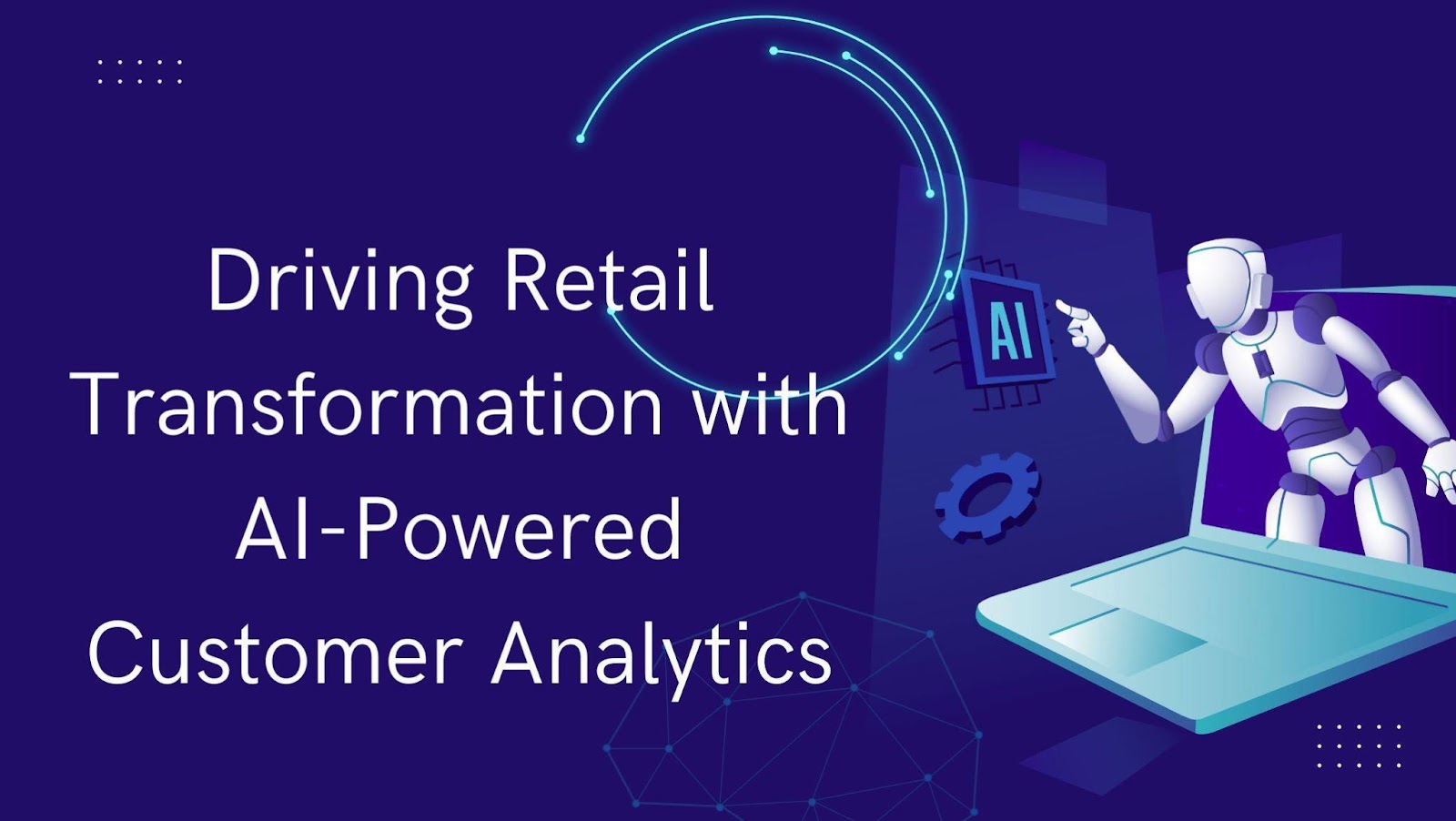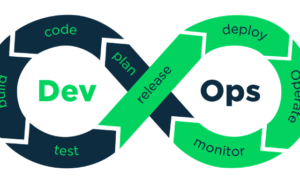In the fast-evolving digital landscape, leveraging customer data to derive actionable insights has become a cornerstone of success for modern retail businesses. With increasing customer interactions across e-commerce, mobile apps, and social media platforms, retailers are turning to advanced analytics powered by artificial intelligence to gain a competitive edge. Mahendra Pudi, an expert in cloud-based analytics, explores the transformative role of AI-driven customer analytics in optimizing retail operations. These cutting-edge solutions not only enhance decision-making but also enable businesses to anticipate customer needs, deliver personalized experiences, and drive meaningful engagement. This article delves into the architecture, technologies, and innovative strategies reshaping retail analytics, showcasing how real-time data processing and predictive capabilities are redefining operational efficiency. By adopting these advanced tools, retailers are poised to meet evolving consumer expectations while creating a sustainable and scalable foundation for future growth.
Understanding the Growing Role of Customer Analytics
Retailers are increasingly turning to advanced analytics to stay competitive in a rapidly digitizing world. By integrating AI and machine learning, modern systems analyze millions of customer interactions daily, spanning e-commerce, mobile apps, and social media. These technologies not only improve prediction accuracy but also enable real-time decision-making, empowering businesses to identify emerging trends, optimize marketing efforts, and enhance customer engagement. Retailers leveraging these solutions report a 42% reduction in customer churn, a 67% boost in campaign effectiveness, and a 31% increase in customer lifetime value, demonstrating the transformative impact of data-driven strategies on business growth.Architecture: The Backbone of AI-Powered Analytics
The architecture supporting AI-powered customer analytics is designed to handle massive data volumes across multiple channels. Key components include:
- Data Integration Layer: Processes millions of transactions and interactions daily, ensuring data accuracy and real-time ingestion.
- Processing Tier: Utilizes distributed frameworks like Apache Kafka and Spark, enabling high-throughput data handling with minimal latency.
- Machine Learning Layer: Supports real-time feature updates and advanced predictions with 94.5% accuracy, optimizing marketing strategies and customer segmentation.
By integrating these components, retailers achieve significant operational efficiencies, including a 56% improvement in processing efficiency and a 78% reduction in data access latency.
Personalizing the Customer Journey with AI
AI-driven analytics empower retailers to deliver highly personalized customer experiences. Advanced feature engineering pipelines generate insights that enhance targeting accuracy and marketing ROI. Models processing 1,248 distinct features enable tailored offers and real-time recommendations, driving a 78% increase in campaign conversions and a 42% improvement in return on advertising spend.
Enhancing Operational Efficiency with Scalable Solutions
Scalability is critical in modern retail systems, especially during peak shopping periods. Containerized microservices architectures and predictive load balancing allow systems to handle up to 245,000 requests per second while maintaining sub-second response times. These advancements reduce operational costs by 43% and enhance infrastructure performance by 27%.
Data Quality and Security: Foundational Pillars
Ensuring data quality and security is paramount in retail analytics. Advanced validation frameworks and AI-driven monitoring systems maintain data accuracy rates above 99.8%, enabling reliable decision-making. Security measures like AES-256 encryption and role-based access controls protect sensitive information, aligning with stringent compliance standards.
Future Trends: AI Innovations in Retail Analytics
Emerging technologies such as federated learning and hybrid AI models are poised to redefine retail analytics. These advancements enable secure data collaboration, faster processing, and more accurate fraud detection. Integrating behavioral biometrics and alternative data sources further enhances customer behavior prediction, helping retailers identify trends and adapt strategies proactively.
Realizing the Business Impact of AI Analytics
The implementation of AI-powered analytics drives measurable business outcomes. Retailers report significant financial gains, including a $127.8 million increase in annual revenue and $42.3 million in cost savings through optimized processes. Real-time insights empower decision-makers to improve inventory management, reduce marketing waste, and enhance customer engagement.
In conclusion, Mahendra Pudi’s exploration of AI-powered customer analytics underscores its transformative potential in revolutionizing retail operations. By combining scalable architectures, advanced AI models, and robust data management strategies, retailers can achieve unparalleled efficiency and customer satisfaction. As the industry evolves, adopting innovative analytics platforms will be essential for maintaining competitiveness, improving decision-making, and driving growth in an increasingly data-driven world.



































